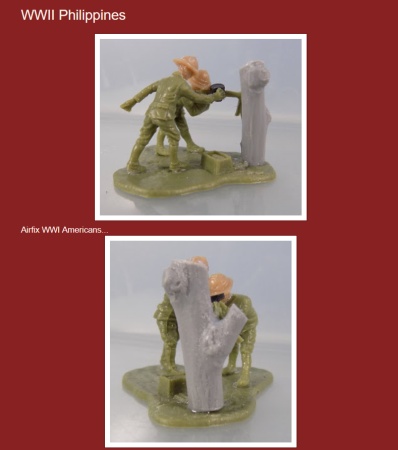
Fighting the Shadow War
409 pages. Black-and-white photos occasionally embedded in text. One Atlantic Ocean map in front. Introduction, epilogue, acknowledgments, endnotes, picture acknowledgments, and index.
From the perspective of the 21st Century, it can be hard to comprehend a time when the United States was reluctant to involve itself in foreign wars. Wasn't it obvious that President Roosevelt needed to intervene against Nazi Germany? Wouldn't Americans wholeheartedly back a policy to save the European democracies?
Author Marc Wortman takes us back to a time when the world was much larger, and the United States wasn't a superpower. "Minding your own business" was a popular foreign policy, and people felt betrayed over how President Wilson had promised not to send troops for WWI and then did anyway.
In the 1930s, some Americans saw fascism as the wave of the future, the solution to the problems with democracies, or the only alternative to militant socialism or communism. Others mistakenly believed that scientific advances supported concepts of racial or cultural superiority or inferiority. Public figures openly espoused some or all of these beliefs, and popular movements could gather large crowds for anti-war rallies.
As the author carefully explains, President Roosevelt felt that Americans first needed to be educated and prepared so that they would push America into the war. He was also willing to 'bend the rules' to support Britain in its hour of need, despite laws designed to keep America neutral.
Before Roosevelt would feel comfortable going to war, he would need to build relationships with his prospective allies. Churchill, after all, was a conservative imperialist; Stalin was a mass murderer and a communist. Disdaining official channels, Roosevelt kept his own 'State Department' of people he trusted – and it was Harry Hopkins, a sickly man who hated flying, who went first to meet Churchill and Stalin and determine if they could be worked with.
Of course, the book ends with a description of the attack on Pearl Harbor, both from the Japanese and American perspectives.
I felt the book got off to a slow start, then drew me in and I was hooked. The author covers a lot of material, summarizes well, and has an eye for the telling anecdote (my favorite is one about Harry Hopkins at a reception in London).
The book does a wonderful job of reminding the reader about the strong anti-war movement in the U.S., and the currents of racism and fascist admiration in some parts of society. However, I felt the author could have done better at explaining why Americans could be attracted by such policies or beliefs.
Should President Roosevelt have led the country into war, rather than waiting for war to be forced upon him? This book does not answer that question, but it does show the conflicting advice Roosevelt received, as well as what he is known to have said on the subject.
I highly recommend this book. It's well written, covers a lot of ground, and reminds us what America was like before WWII changed so much.
Reviewed by ![]() Editor in Chief Bill
Editor in Chief Bill ![]()
![]() .
.





